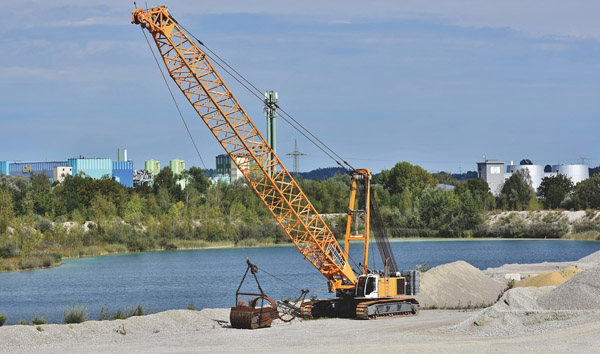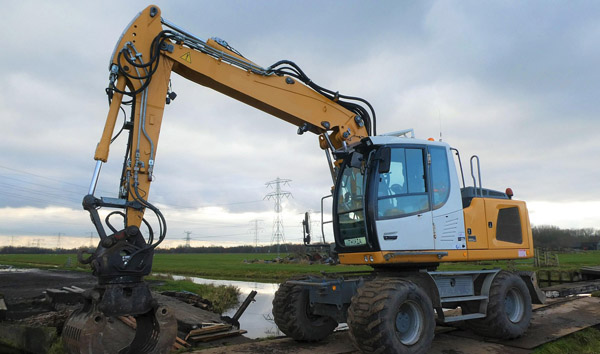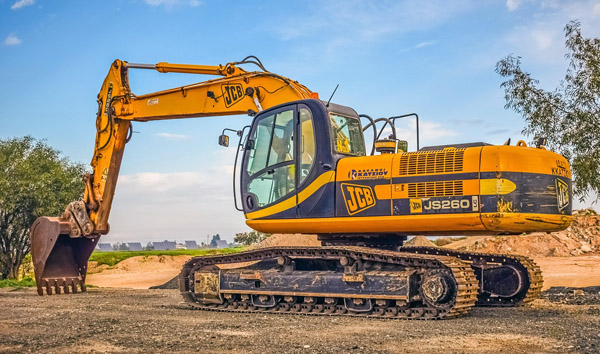Navigating the Challenges of Rough Terrain Forklifts in Industrial Applications
2025-07-07 04:50:32
Rough Terrain Forklifts are essential for material handling in demanding environments such as construction sites, lumber yards, and agricultural fields. This report examines their design features, operational advantages, and industry-specific applications, backed by recent market data.
# Introduction to Rough Terrain Forklifts Rough terrain forklifts are engineered to handle uneven surfaces, steep inclines, and unstable ground conditions. Unlike standard forklifts, these machines feature robust tires, reinforced chassis, and high-torque engines, making them indispensable in industries requiring off-road material transport. According to a 2023 report by MarketsandMarkets, the global rough terrain forklift market is projected to grow at a CAGR of 5.2% through 2028, driven by increasing infrastructure development.
## Key Design Features of Rough Terrain Forklifts The durability of rough terrain forklifts stems from several specialized components: - Heavy-Duty Tires: Pneumatic or solid rubber tires provide superior traction on mud, gravel, and rocky surfaces. - Four-Wheel Drive (4WD): Enhances stability and load-bearing capacity on slopes. - High Ground Clearance: Prevents undercarriage damage when traversing obstacles. A 2022 study by the Industrial Truck Association (ITA) found that 78% of rough terrain forklift operators prioritize 4WD capability when selecting equipment for rugged job sites.
## Operational Advantages in Harsh Environments Rough terrain forklifts outperform conventional models in extreme conditions. Their ability to lift heavy loads (up to 15,000 lbs) while navigating uneven terrain reduces the need for multiple machines, lowering operational costs. For example, in the forestry sector, rough terrain forklifts account for 42% of all material handling equipment due to their adaptability to muddy and debris-laden paths (Forestry Equipment Journal, 2023).
## Industry-Specific Applications ### Construction Sector Rough terrain forklifts are widely used in construction for transporting steel beams, concrete blocks, and scaffolding. Their stability on unfinished surfaces minimizes accidents, contributing to a 17% reduction in worksite injuries (OSHA, 2022). ### Agriculture and Logistics Farmers rely on rough terrain forklifts to move hay bales and heavy feed sacks across muddy fields. Meanwhile, ports utilize them for loading/unloading shipping containers on unpaved yards.
## Future Trends and Market Outlook Advancements in hybrid and electric rough terrain forklifts are gaining traction, with companies like Toyota and Hyster introducing eco-friendly models. The shift toward sustainable machinery aligns with global emission regulations, further propelling market growth.
# Conclusion Rough terrain forklifts remain a cornerstone of industrial material handling, combining power, durability, and versatility. As technology evolves, their role in challenging environments will only expand, solidifying their position in the heavy equipment industry.














